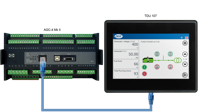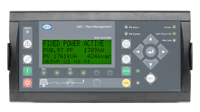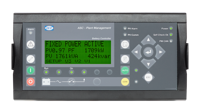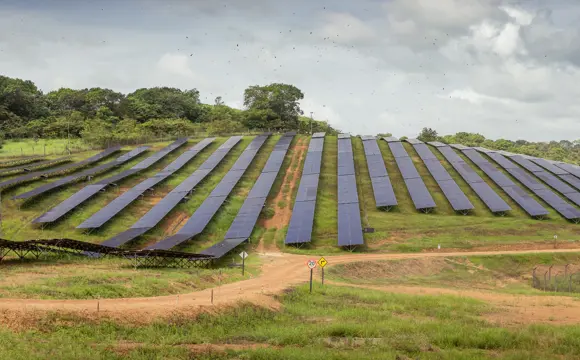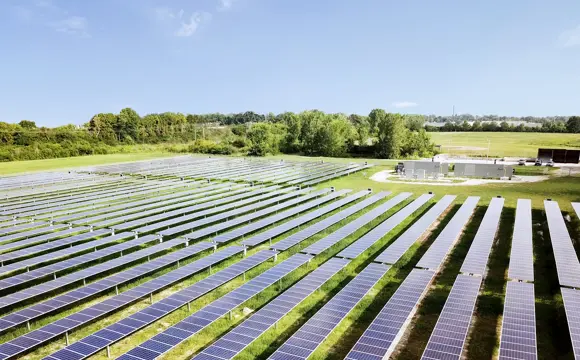Off grid island gets reliable power with DEIF PMS
Using DEIF AGC-4 and ASC-4 controllers, the off-grid Danish island of Livø has acquired a power management solution that ensures security of supply despite significant load variations, and with several renewables in the energy mix. The target is for the island to achieve 100% renewable energy self-sufficiency.
Most of us simply take for granted that there’s power in the sockets when we need to turn on the light or charge our cell phones. Indeed, most societies would grind to a halt without universal and reliable access to electrical power. Utilities must therefore safeguard security of supply – especially in isolated off-grid communities that rely on a local power supply.
The challenge is not power generation in itself which relies on well-known, tried and tested technologies, including renewables such as photovoltaics. “The real challenge is to find a controller that can balance everything so that when a cloud blocks out the sun, for example, another power source is ready to take over”, says Birgitte Palle Nielsen, project manager of Grøn Livø, an ongoing development project on the Danish island of Livø. Managed by the Nature Agency under the Ministry of Environment and Food of Denmark, the project is carried out in cooperation with Aalborg University and engineering companies COWI and Intego and funded in part by the Danish Energy Technology Development and Demonstration Programme.
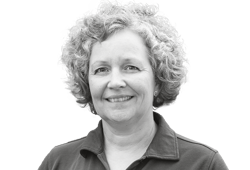
“The real challenge is to find a controller that can balance everything so that when a cloud blocks out the sun, for example, another power source is ready to take over”
Birgitte Palle Nielsen
Project Manager | Grøn Livø
One of the aims of Grøn Livø is to make the island the first in Denmark to achieve renewable energy self-sufficiency. The ambition is to showcase how off-grid communities can achieve energy self-sufficiency and create the foundations for continued habitation. To reach this target, security of supply is all-important, and finding the right control solution is therefore key.
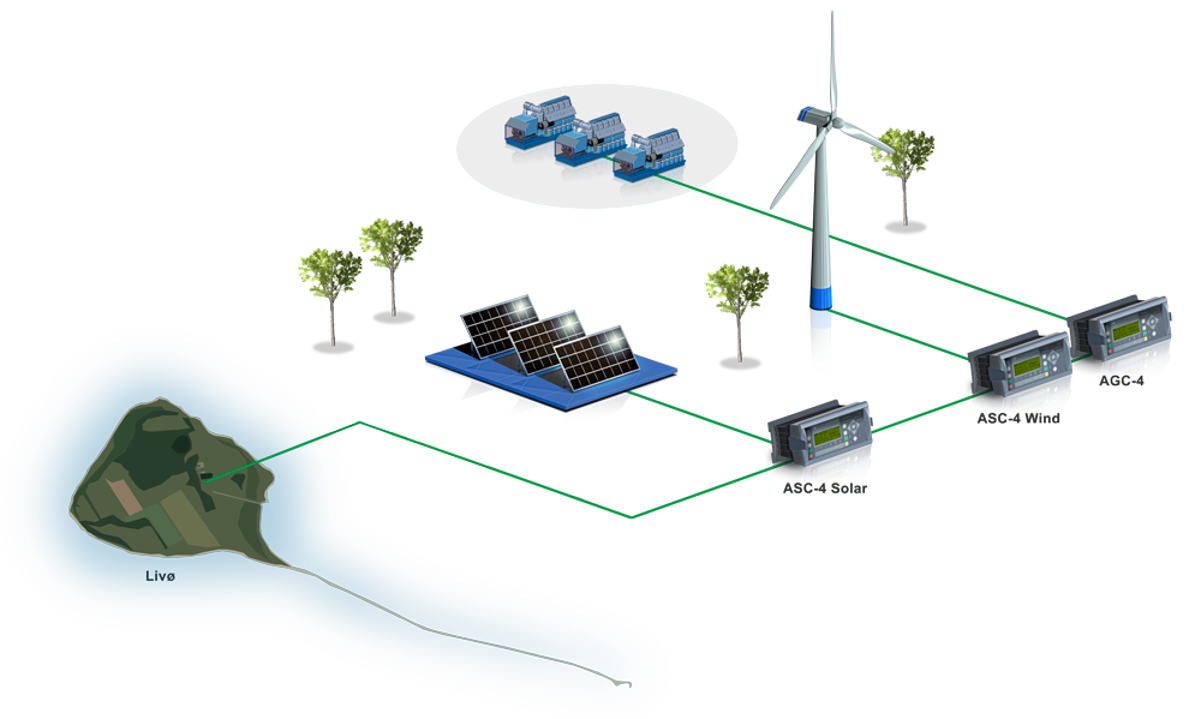
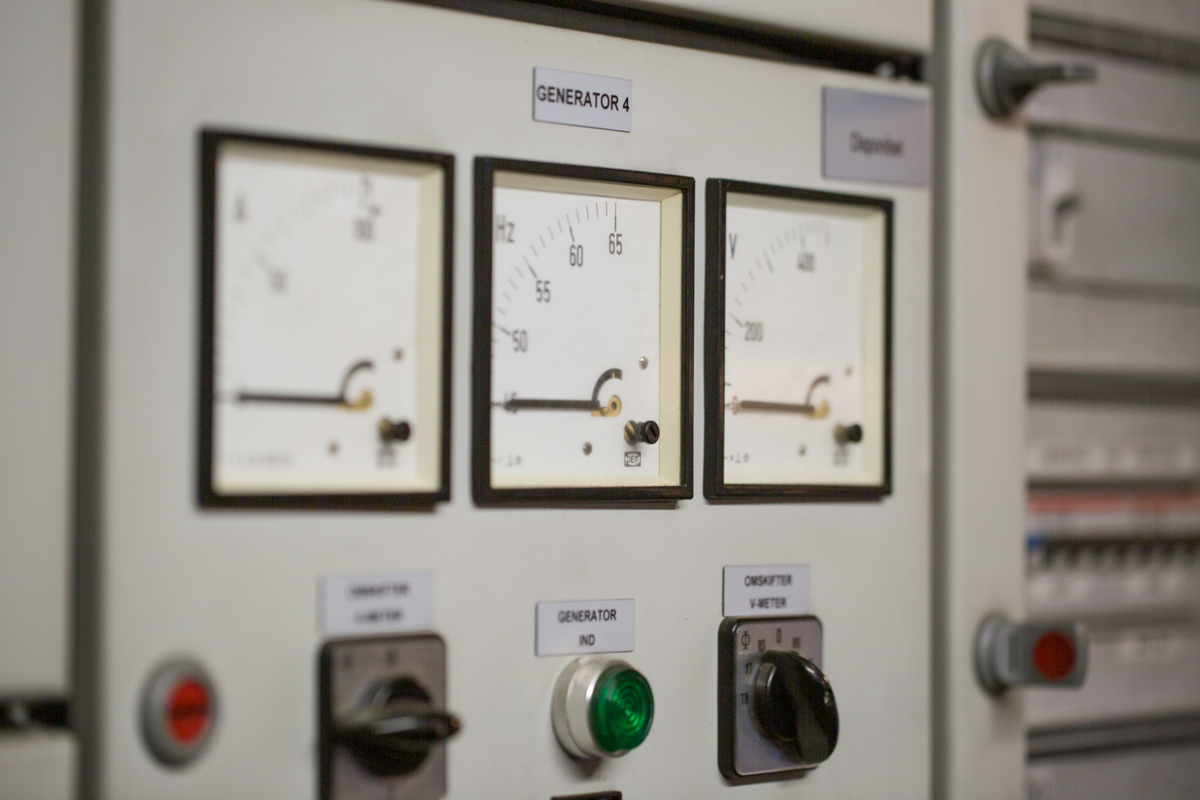
Significant load variations
Located approximately 4 kilometres from the coastline, the 320-hectare island of Livø is not connected to the mainland grid, and reliable power and heat must be generated locally. Adding to this challenge is the fact that while the island has only a handful of permanent residents, around 20,000 people visit over the summer, attracted by the beautiful scenery and annual events such as a jazz festival. The result is dramatically increased power consumption and significant load variations, and the island utility staff need to handle these fluctuations on their own.
“I’ll give you one small example”, says Jacob G. Knudsen who is responsible for most of the utility installations on the island. “The permanent residents consume around 13 kW on average, but the dishwasher at the inn consumes another 13 kW on its own. If someone starts it up, power consumption doubles just like that”.
Updated energy mix with DEIF power management
At the start of the project, the outdated diesel genset that had previously supplied all power on Livø, and which had clocked 120,000 running hours, was replaced by three smaller gensets supplying a maximum total output of 36 kW. In addition, a 25 kW wind turbine and a 33 kW photovoltaic panel were added to the energy mix. The setup also includes an electrical boiler that converts surplus power to hot water which is then stored in a 32 m3 thermal storage tank.

The entire system is managed using DEIF controllers. Each genset is controlled using an AGC-4 while the renewables are controlled using an ASC-4 Solar and an ASC-4 Wind. All controllers are interconnected to form a complete power management system which prioritises the renewables in order to minimise fossil fuel consumption: in case of low wind, solar power ramps up, and vice versa. Meanwhile, the built-in Minimum Genset Load feature keeps the gensets running at minimum load in order to protect them from issues such as impure combustion and exhaust problems. If the power output from all renewables is low, or in the unlikely event of a shutdown, the system ramps up gensets as required in a matter of seconds and reconnects the renewables.
These and other power management features ensure consistent power quality and security of supply which was very important to the Nature Agency. “We wanted to minimise our use of fossil fuels, but we also wanted to safeguard security of supply on the island”, remarks Birgitte Palle Nielsen. “We therefore didn’t want to take any chances on the technology used in the project”.
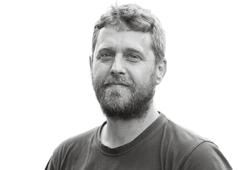
“When everything is running as it should, you forget that the controllers are there. When something goes wrong, you are thankful that you have all these control options at your disposal!”
Martin Olsen
Forest Guard | Livø
Towards 100% renewable energy self-sufficiency
When the new setup becomes fully operational in the autumn of 2019, the island is expected to achieve 50% renewable energy self-sufficiency. There have been no operational issues; in fact, the DEIF controllers have given the island utility staff less to worry about. “The power management features are quite important to us”, says forest guard Martin Olsen who assists Jacob G. Knudsen during utility emergencies. “When everything is running as it should, you forget that the controllers are there. When something goes wrong, you are thankful that you have all these control options at your disposal!”
The next target is for Livø to achieve 80% renewable energy self-sufficiency. To that end, the aim is to add battery storage to the utility setup, further reducing the island’s dependency on the gensets. A heat pump will also be installed. The long-term goal, of course, is 100% self-sufficiency. Birgitte Palle Nielsen is aware that reaching this target will probably require technology that is not available yet.
With DEIF on board, however, the Grøn Livø project now has the power management technology to fulfil its ambitions, and Birgitte Palle Nielsen is certain that the learnings from the project can make a great difference – at Livø and elsewhere.
“If we can demonstrate that a small island community can achieve consistent power quality and uninterrupted power generation, the potential is enormous”, she concludes.
Read our hybrid power guide
-
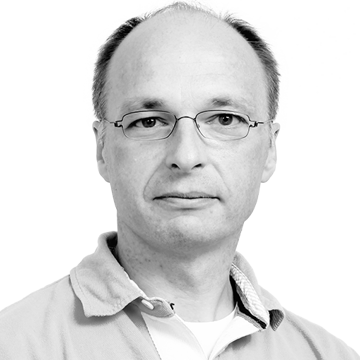
Contact us to discuss your options
- 90 years of energy pioneering
- Manufactured at the highest standards
- Superior quality
- Unmatched service and support
- Made in Denmark

